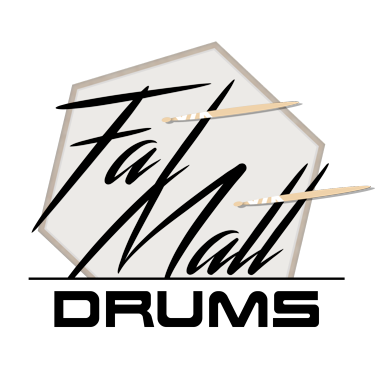C.A.T.S. (Cloned Accent-Tap Singles) — 2021 is an accent-tap and singlestrokes warm-up that employs doublestops in order to match stick motions between the hands before splitting the hands up into the singlestroke patterns. This is the same idea behind Singles a la Clone from page 5 of Twelve Eight-Bar Exercises in 12/8 to Stave off Cabin Fever (With Play-Along Practice Recordings) as well as Mantra #7 Singlestroke Rolls / Consilience from page 5 of Mantras For Rudimental Snare Drum, now available in a hip ensemble warm-up that would likely suit many collegiate and independent drumlines very well!
The concept is further described in the aforementioned Cabin Fever book:
The lead-hand breakdowns of accented singlestroke rolls and singlestroke tap rolls will generally have different tendencies. A downstroke followed by taps tends to feel different than a bunch of taps followed by an upstroke. This exercise aims to unify your approach to upstrokes/downstrokes within the context of the different accented singlestroke rudiments. The doublestops with only one hand accented at a time will expose your tendencies on upstrokes and buck motions, allowing you to more smoothly transition into singlestroke rolls and singlestroke tap rolls. Keep it smooth, people. This is another great one to try with brushes, drum set sticks, and with a towel on your drum or pad.
Edit 15 December 2021: Fixed a typo in the last measure of the snare part.







